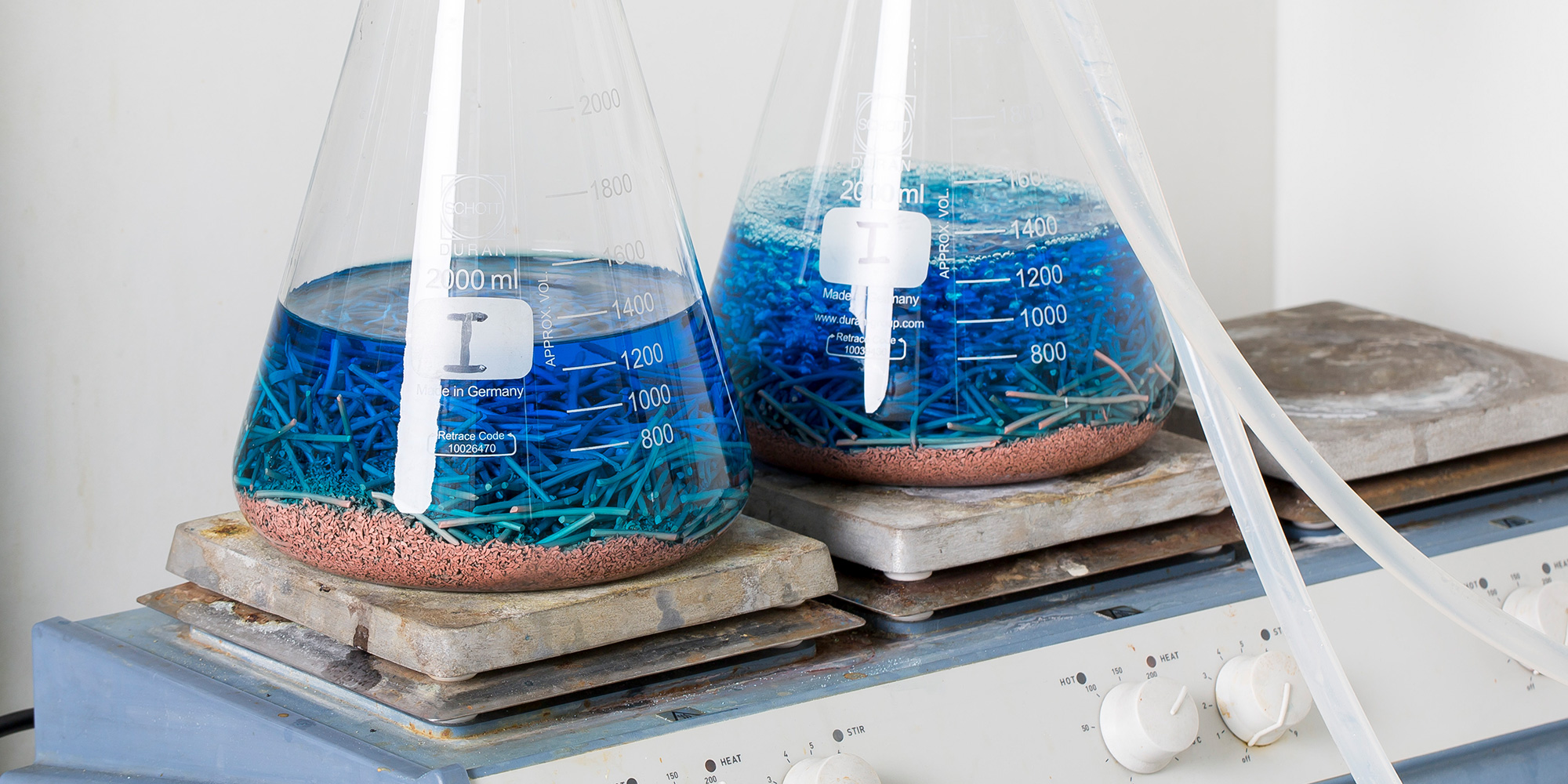EN ISO 12696 Cathodic Protection Effectiveness Test
The EN ISO 12696 cathodic protection (CP) effectiveness test is a critical process in ensuring the integrity of oil and gas infrastructure. This test evaluates the performance of cathodic protection systems, which are vital for preventing corrosion in pipelines, storage tanks, and other metal structures used within the sector.
The primary objective of this test is to ascertain that cathodic protection systems function optimally by providing an adequate electrical current to counteract the corrosive effects of moisture and oxygen. By doing so, it helps extend the lifespan of critical assets in a cost-effective manner while ensuring compliance with international standards.
The test follows the procedures detailed in EN ISO 12696-1, which provides a method for assessing the effectiveness of cathodic protection systems based on potential measurements and current distribution. This includes evaluating the cathode-to-anode voltage drop (IR drop) and the actual polarization resistance.
For quality managers and compliance officers within the oil and gas industry, ensuring that such tests are conducted correctly is essential to maintaining operational efficiency and safety standards. R&D engineers can also benefit from this service by validating new designs or materials used in CP systems. This test serves as a benchmark for comparing different approaches or technologies.
The process involves several key steps, starting with the selection of appropriate reference electrodes and the placement of probes around the structure being tested. The system's cathode-to-anode voltage drop is measured using these probes to determine if there are any areas where protection might be insufficient. Additionally, the actual polarization resistance is calculated by applying a known current through the structure and measuring the resulting potential difference.
Accurate data collection is crucial for this test; therefore, advanced instrumentation like digital voltmeters and impedance analyzers are used to ensure precise readings. The results from these instruments form part of the final report delivered to clients, providing insights into any areas requiring improvement in their cathodic protection systems.
One notable aspect of EN ISO 12696 is its applicability across various types of structures within the oil and gas sector, including pipelines, storage tanks, and offshore platforms. This versatility makes it an indispensable tool for maintaining safety standards throughout diverse environments where corrosion poses significant risks.
| Applied Standards |
|---|
| - EN ISO 12696-1: Cathodic protection systems - Assessment of cathodic protection effectiveness |
The standard ensures that all aspects related to the assessment are covered comprehensively, including both theoretical principles and practical applications. Compliance with this international standard is essential for maintaining high-quality standards in corrosion prevention practices.
Understanding how effective cathodic protection systems are can have numerous benefits beyond just preventing corrosion. It helps identify potential weaknesses early on, allowing corrective actions to be taken promptly before they lead to more extensive damage or failures.
Customer Impact and Satisfaction
- Ensures compliance with international standards like EN ISO 12696-1
- Provides reliable data on the effectiveness of cathodic protection systems
- Aids in identifying areas needing improvement for extended asset life
- Saves costs associated with premature replacement or repairs due to corrosion
Our clients often report higher levels of satisfaction after undergoing this testing procedure because it helps them make informed decisions regarding their infrastructure maintenance strategies. By adhering strictly to the requirements set forth by EN ISO 12696, we ensure that our customers receive accurate and actionable information about their cathodic protection systems.
The detailed reports generated from these tests serve as valuable resources for decision-makers in both operational and strategic planning processes. This transparency fosters trust between stakeholders involved in maintaining critical oil and gas facilities worldwide.
Environmental and Sustainability Contributions
- Reduces the amount of waste generated by avoiding premature replacement or repair of corroded structures
- Promotes sustainable practices by extending the service life of assets, thus conserving resources over time
- Decreases energy consumption required for manufacturing new materials and components due to extended asset longevity
The use of cathodic protection systems evaluated through EN ISO 12696 not only helps protect infrastructure but also plays a role in promoting environmental sustainability within the oil and gas sector. By reducing corrosion-related issues, it contributes positively towards overall resource efficiency and long-term planning.
This service aligns well with broader goals of sustainable development by emphasizing responsible management practices that balance economic growth with ecological preservation. It encourages a more holistic approach to facility maintenance and operation, ultimately leading to greater operational resilience against environmental challenges faced in this industry.





